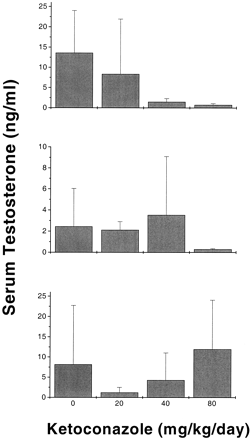phalloguy100
Active Member
A urologist I saw recently is recommending that I try Testopel pellets. He was saying to start with 2 x 75mg pellets every 3-4 months. If you divide that by 4 months, that's an average of 1.25mg of testosterone daily.
My last great protocol was testosterone cypionate sub-q, 3 times a week at 50mg, or 150mg per week. Since 96% of testosterone cypionate is excreted by the body, only 4% is actually absorbed. That averages to only 0.857mg of testosterone daily.
I know that 2 pellets sound like too little, but comparing the daily dosage, this would be higher than subq injections. Is this correct, or am I totally off??!!
My last great protocol was testosterone cypionate sub-q, 3 times a week at 50mg, or 150mg per week. Since 96% of testosterone cypionate is excreted by the body, only 4% is actually absorbed. That averages to only 0.857mg of testosterone daily.
I know that 2 pellets sound like too little, but comparing the daily dosage, this would be higher than subq injections. Is this correct, or am I totally off??!!
















